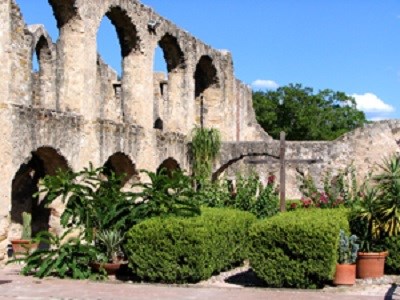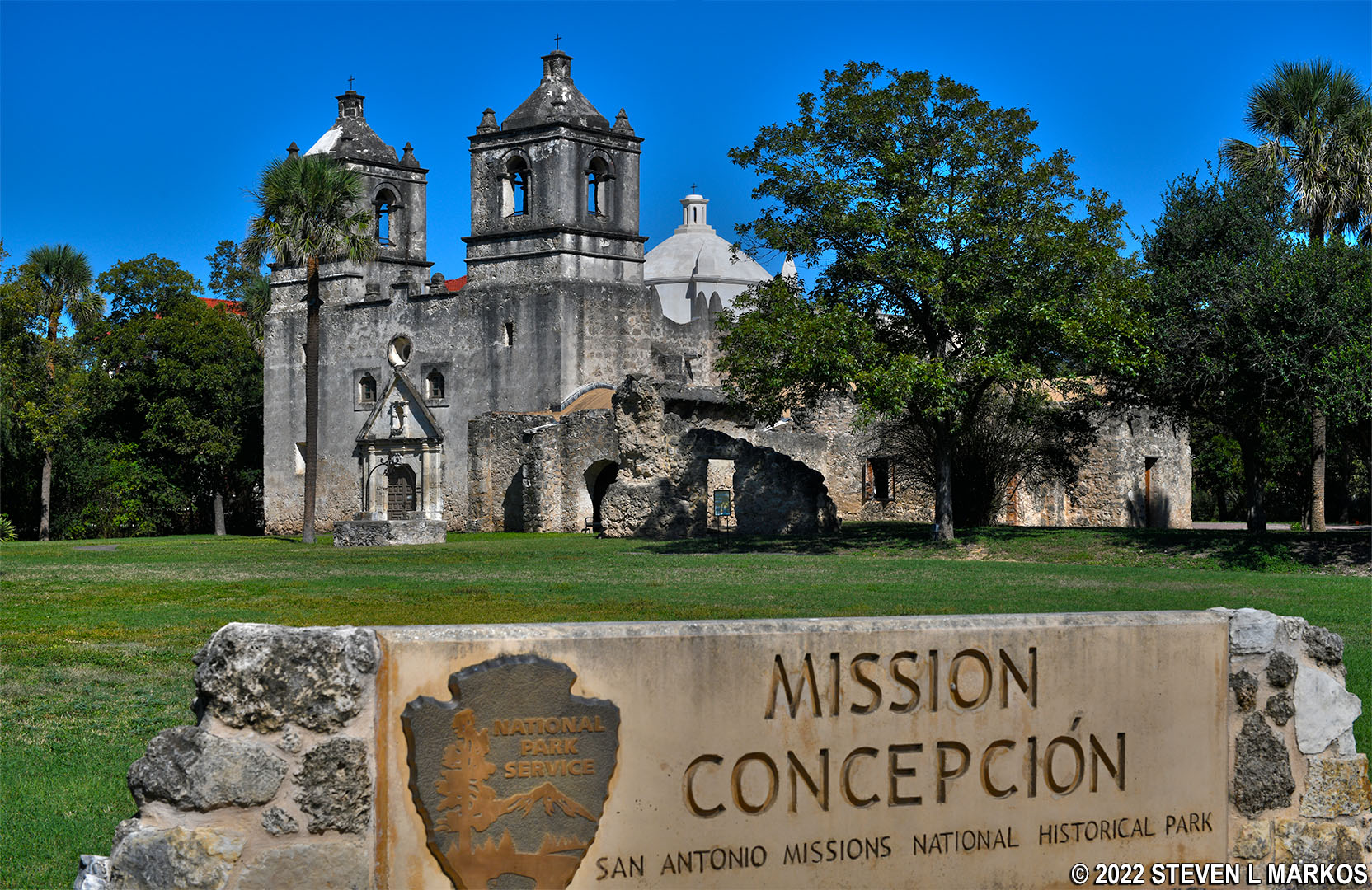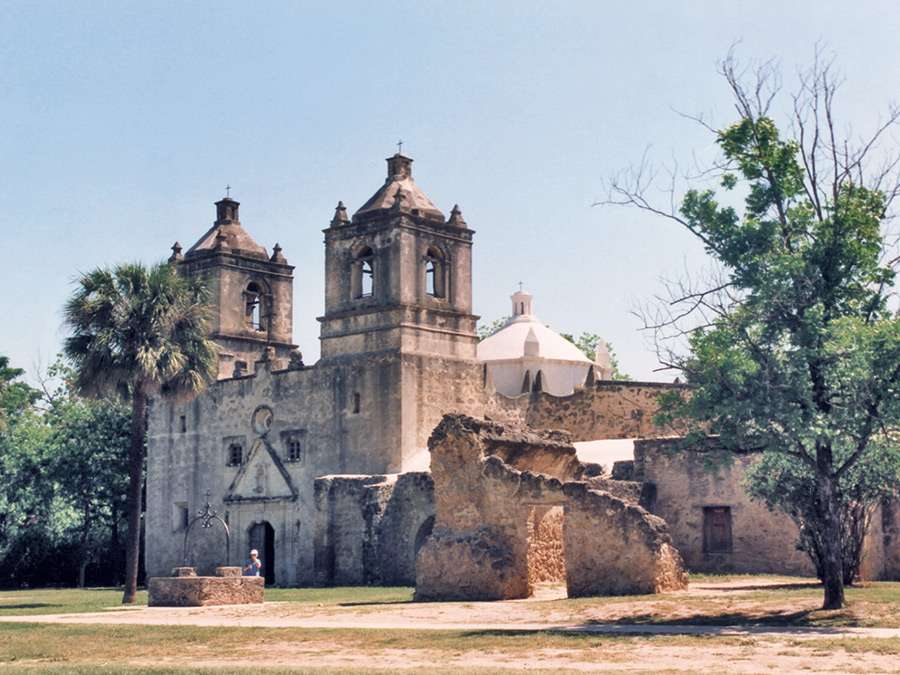Fun San Antonio Missions National Historical Park Activities: Involve with History
Fun San Antonio Missions National Historical Park Activities: Involve with History
Blog Article
Check Out the Rich History of San Antonio Missions National Historic Park: a Comprehensive Overview to Its Cultural Value and Conservation Efforts
San Antonio Missions National Historic Park stands as a testament to a lost period, encapsulating a rich tapestry of background and social significance. As we start a trip through the historical background of these goals, we uncover building marvels that have actually endured the examination of time. Past the plain physical frameworks, each goal, notably Mission Espada, carries a profound social weight that reverberates deeply with those that discover its premises. More delving into the conservation initiatives and challenges encountered by the park exposes a complex interplay between neighborhood, history, and conservation engagement. The tale of San Antonio Missions National Historical Park is not just about the past; it is a living narrative that remains to unravel, inviting us to ponder its enduring heritage and the continuous initiatives to safeguard its heritage.
Historic Background of San Antonio Missions
The roots of the historical history of the San Antonio Missions run deep, linking Spanish colonial impact with aboriginal cultures in the South Texas region. Developed in the very early 18th century, these goals were established by Franciscan friars with the purpose of spreading Christianity and transforming the local native populations. San Antonio Missions National Historical Park activities. The Spanish Crown supported these goals as a way of solidifying control over the territory and expanding their influence in the New World
The Spanish promoters played a substantial duty fit the cultural landscape of the area, introducing new agricultural methods, style, and religious methods. The aboriginal neighborhoods, such as the Coahuiltecans and various other tribes, interacted with the Spanish inhabitants, resulting in a mixing of traditions and beliefs.
Gradually, the missions became not just spiritual facilities but likewise economic and social hubs, attracting inhabitants from different histories. Today, the San Antonio Missions stand as a testament to this complicated history, reflecting the withstanding legacy of Spanish manifest destiny and the strength of indigenous cultures in South Texas.
Building Wonders of the Goals
Having laid the structure of social exchange in between Spanish missionaries and indigenous neighborhoods, the architectural marvels of the San Antonio Missions exemplify a mix of Native and european craftsmanship that remains to mesmerize visitors. These missions, including Objective San Jose, Objective Concepcion, Objective San Juan, Goal Espada, and the Alamo, display distinctive functions such as ornate exteriors, intricate makings, vivid frescoes, and tough rock walls. The Spanish Colonial style, characterized by curved entrances, bell towers, and roomy yards, reflects a harmonious combination of Spanish design components with aboriginal structure strategies.
Each objective within the San Antonio Missions National Historical Park tells a special story with its architecture, showing the evolution of building styles and cultural impacts gradually. Visitors can wonder at the experienced workmanship obvious in the detailed stonework, hand-carved wooden doors, and spiritual iconography adorning the interiors. These building work of arts stand as enduring testimonies to the enduring legacy of the objectives and the cultural heritage they stand for.
Social Value of Mission Espada
With its historical roots deeply linked with the native cultures of the region, Goal Espada stands as a symbol of social resilience and adjustment within the San Antonio Missions National Historical Park. Established in 1690, Objective Espada was established by Spanish Franciscans as a way to spread out Christianity among the Coahuiltecan individuals while likewise acting as a center for agriculture and industry. The objective's social importance exists in its duty as a conference point between Indigenous and european American customs, resulting in a distinct mix of architectural styles, spiritual techniques, and farming techniques.
Objective Espada's renowned aqueduct, called "Acequia de Espada," is a testament to the engineering skills of both Indigenous and spanish peoples, showcasing their cooperation in building vital rivers for irrigation functions. This unified combination of social influences is more exhibited in the mission's detailed carvings, colorful frescoes, and religious ceremonies that remain to be practiced to this particular day. As one of the oldest unrestored stone churches in America, Objective Espada stands as a living testament to the long-lasting tradition of social exchange and adaptation that specifies the San Antonio Missions National Historical Park.
Preservation Obstacles and efforts
Preservation in maintaining the historic honesty of Goal Espada encounters a myriad of intricate difficulties that need ingenious solutions and committed stewardship. As one of the 5 objectives within the San Antonio Missions National Historical Park, Goal Espada deals with preservation issues coming from environmental elements, urban advancement, and the ongoing fight versus all-natural wear and tear. The fragile equilibrium between saving the original structures and ensuring visitor accessibility and security requires thorough planning and implementation.
Initiatives to protect Mission Espada entail a multi-faceted method that includes regular upkeep, architectural evaluations, and conservation tasks. Cooperations in between park officials, historians, excavators, and regional neighborhoods are important in developing lasting preservation methods. Difficulties such as funding restraints, restricted resources, and the need for specific know-how additionally complicate preservation efforts.
Despite these obstacles, the dedication to guarding Objective Espada's historic significance remains steady. With proceeded study, community engagement, and adaptive preservation techniques, the preservation of Objective Espada stands as a testimony to the dedication towards shielding our social heritage for future generations.
Community Engagement in Park Preservation

One of the key methods the park involves the area is with volunteer chances. Local citizens can get involved in conservation jobs, curricula, and unique occasions, enabling them to add straight to the conservation of the park. This hands-on involvement not only profits the park in terms of additional sources and manpower however likewise creates a more powerful connection in between the area and the park itself.
In addition, the park on a regular basis seeks input from local stakeholders, including neighborhood teams, companies, and federal government companies, to make certain that preservation efforts align with the requirements and worths of the bordering community. By engaging with the neighborhood populace in these purposeful ways, San Antonio Missions National Historic Park fosters a society of conservation and sustainability that will certainly aid protect this social prize for future generations.
Conclusion

Past the simple physical structures, each goal, significantly Objective Espada, lugs an extensive cultural weight that reverberates deeply with those who explore its grounds. These goals, consisting of Goal San Jose, Mission Concepcion, Objective San Juan, Objective Espada, and the Alamo, showcase unique attributes such as elaborate facades, intricate carvings, vivid frescoes, and strong rock wall surfaces.With its historic roots deeply intertwined with the indigenous societies of the region, Mission Espada stands as an icon of cultural resilience and adaptation within the San Antonio Missions National Historic Park (San Antonio Missions National Historical Park tickets). As one of the oldest unrestored rock churches in America, Mission Espada stands as a living testimony to the long-lasting tradition of social exchange and adjustment that specifies the San Antonio Missions National Historic Park

Please visit one of our local supporters- Brownstone Law San Antonio Criminal Appeal Lawyers
Report this page